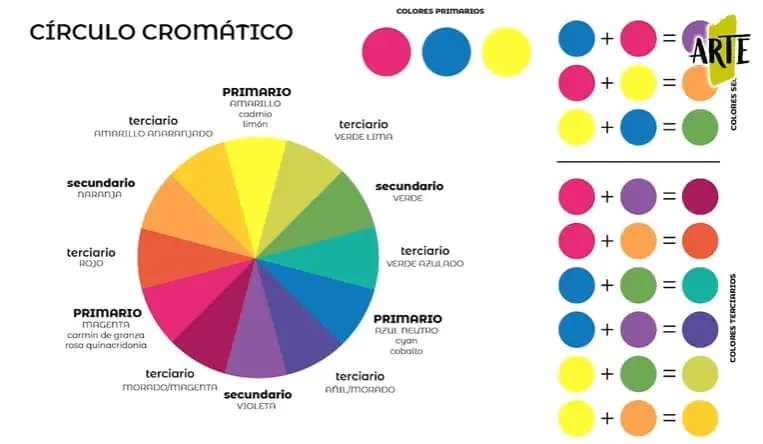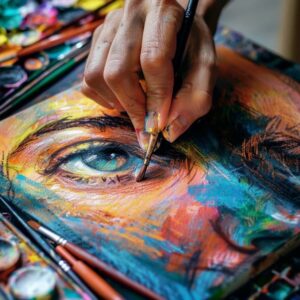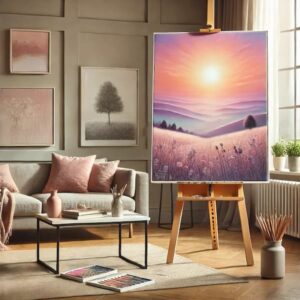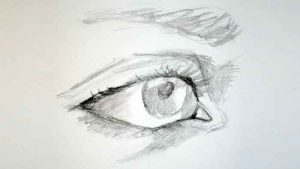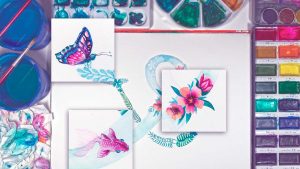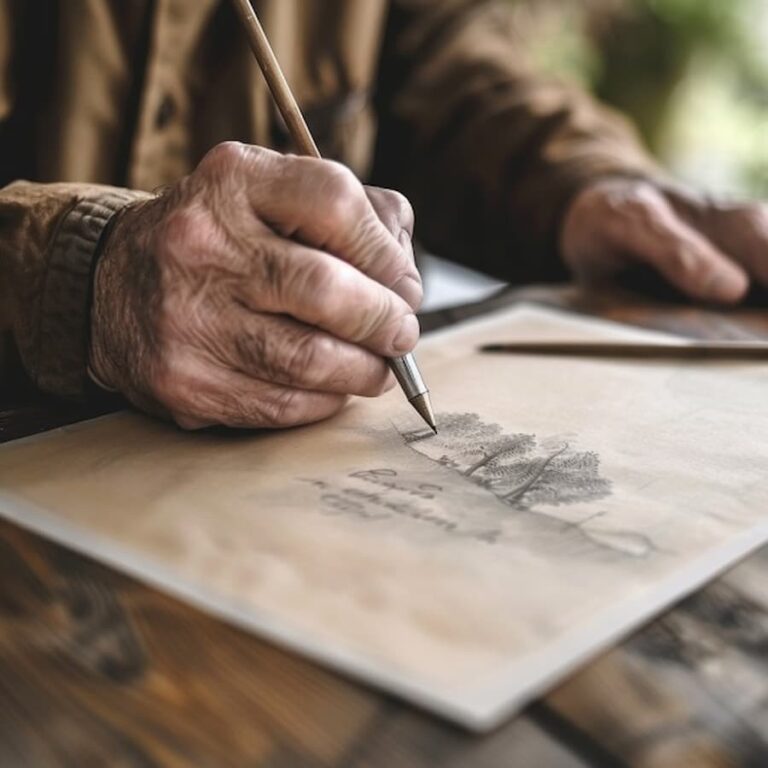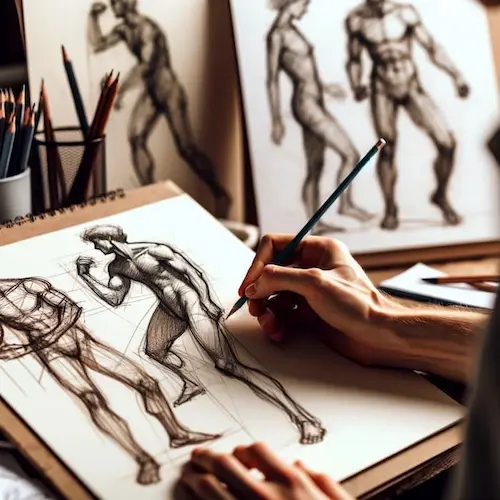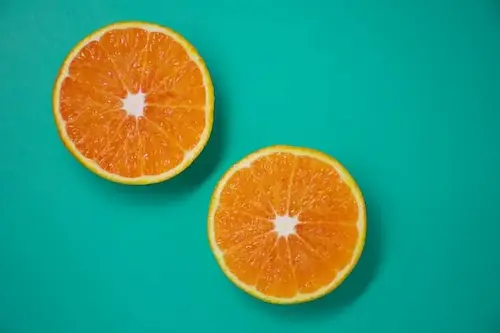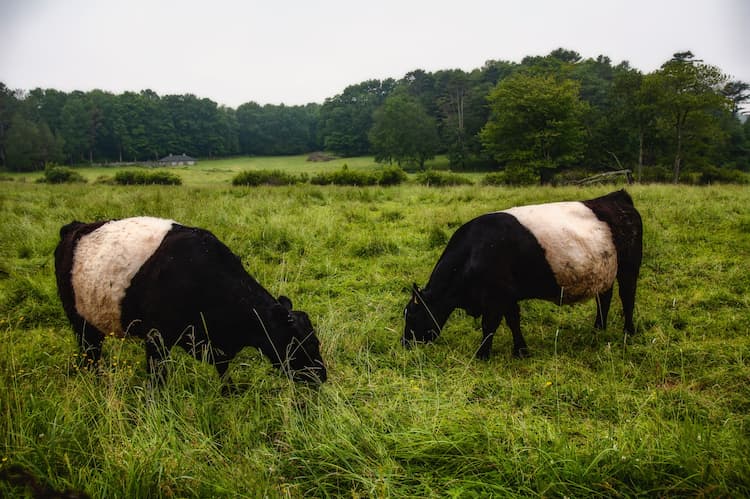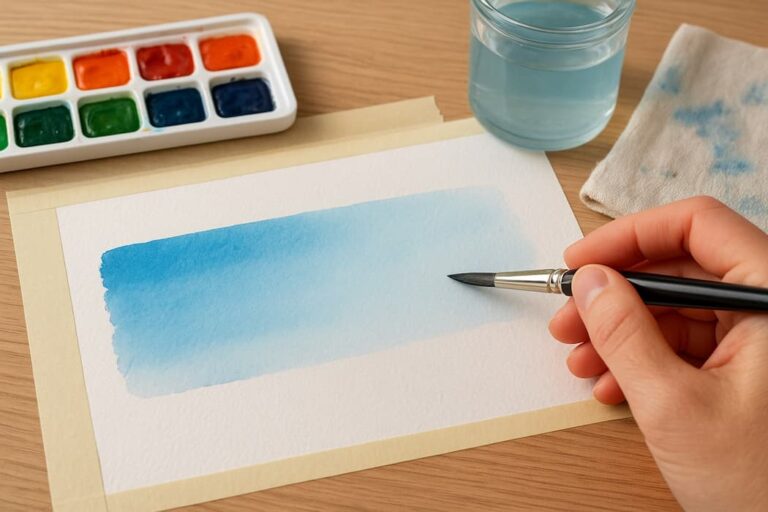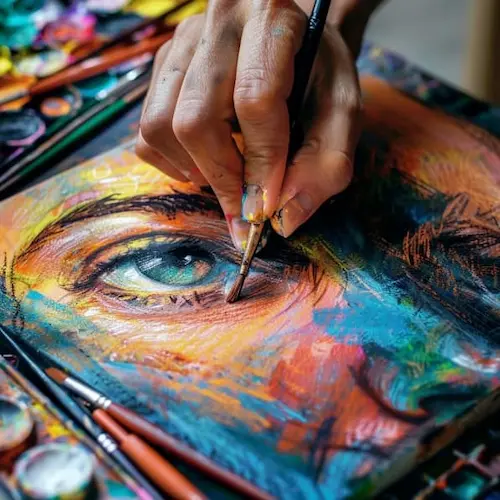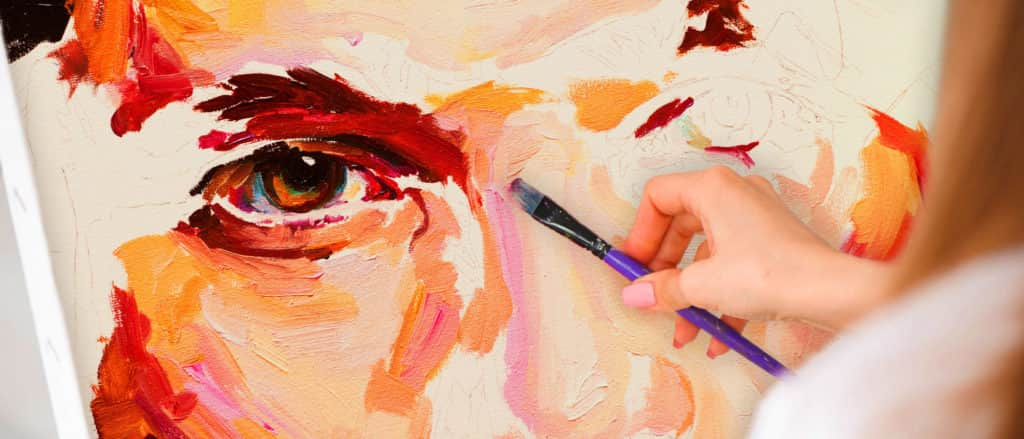Hello, Artenauta! Today we are going to talk to you about a subject as important as it is basic in order to understand and master color and, with it, obtain the results you are looking for in your works. In the following lines we are going to explain what complementary colors are used for in painting.
First of all, let’s see:
What are complementary colors?
To do so, we are going to delve into color theory, seeing how colors are composed, by the hand of the chromatic circle or color wheel:
- The chromatic circle is a circular and ordered representation of colors, according to their hue or tone.
- In the color wheel we can find:
- Primary colors: are those that cannot be obtained through the mixture of other colors and, in turn, give rise to all other colors through their mixtures. These colors are magenta, blue and yellow.
- Secondary colors: obtained by mixing, in the same proportions, two primary colors. For example, green is a secondary color resulting from the mixture of blue and yellow.
- Tertiary colors: we get them by mixing a primary color with an adjacent secondary color (located in a position close to it on the color wheel). Examples are blue-green or red.
- The chromatic circle is built from the three primary colors, obtaining the rest of the tones from the different mixtures we make between them. In this case, we have represented 12 shades, but the possibilities are practically endless.
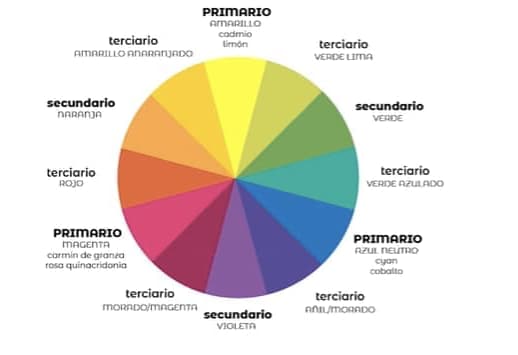
Having reviewed all these basic concepts, let’s take a look:
What are complementary colors and what are they for?
- What is a complementary color? They are those that are opposite (in opposite position) on the color wheel, as is the case of green and magenta, for example.
- What are complementary colors used for in painting?
- We can use them to generate contrast, since complementary colors intensify each other. Thanks to this contrast, we can highlight certain areas of our work to which we want to give greater prominence.
- To dull a shade, making it more grayish or brownish, we can mix it with its complementary, thus generating a broken shade.
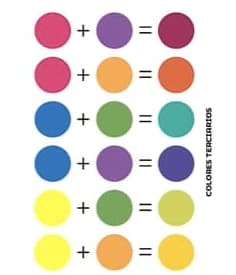
As you will see, mastering Color Theory and all its concepts is fundamental to achieve the desired results in painting. Although it can be a bit complex, if you learn it correctly and with a lot of practice, you will see how you will end up mastering it.
To learn everything you need to know about color and its mixtures, as well as about lights and shadows and all the other concepts you need to learn and control so that your works have realistic and attractive results, we recommend you our
Introductory Course in Painting and Drawing,
where we teach you all the concepts, techniques and materials for you to become a true artist, finding and developing your own style and getting to where you propose.

